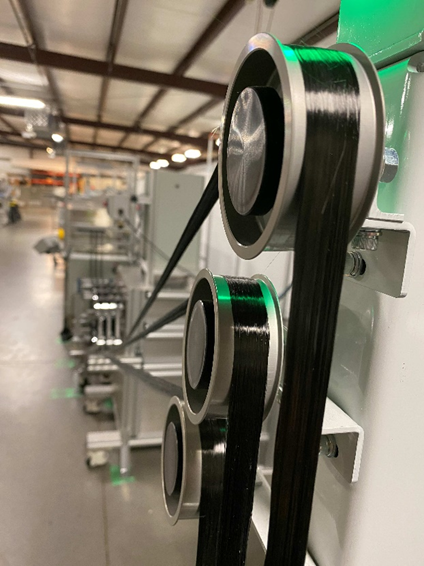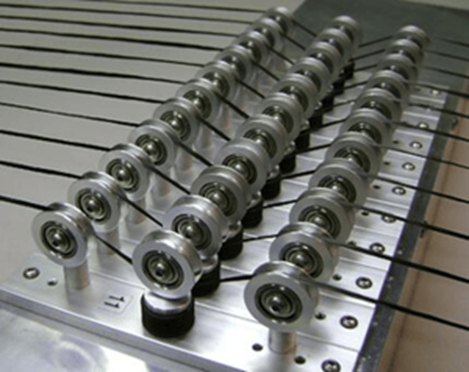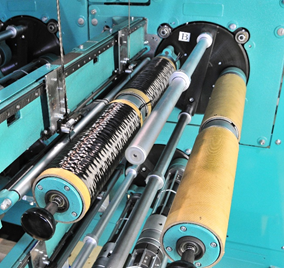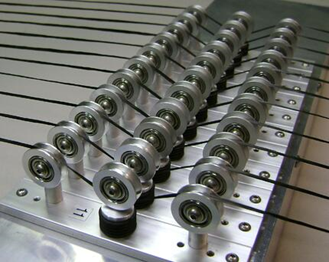With the increasing variety of resin systems available for carbon fiber and other high-performance fibers, there is a growing need for development of sizing materials which interface well with each resin/fiber combination.
For the development of the sizing material, it is often difficult to experiment without obtaining un-sized fiber. Unless you produce the fiber in your own facility, in many cases it would be necessary to de-size the fiber first, and then apply the desired sizing materials.
Any handling process can damage the fibers, and de-sizing / re-sizing can be particularly abrasive to the filaments. Thus, equipment for this process needs to be designed with extra care to prevent filament damage.
We can provide turn-key systems for single tow sizing development lines as well as multi-tow sizing lines for production scale output requirements. Single tow lines are scalable and configurable: in many cases they are compact table-top units. Production scale lines incorporate industrial-grade equipment, same as the equipment we provide for fiber production plants.
See below for some considerations for specifying the right equipment for the sizing line you may need.





